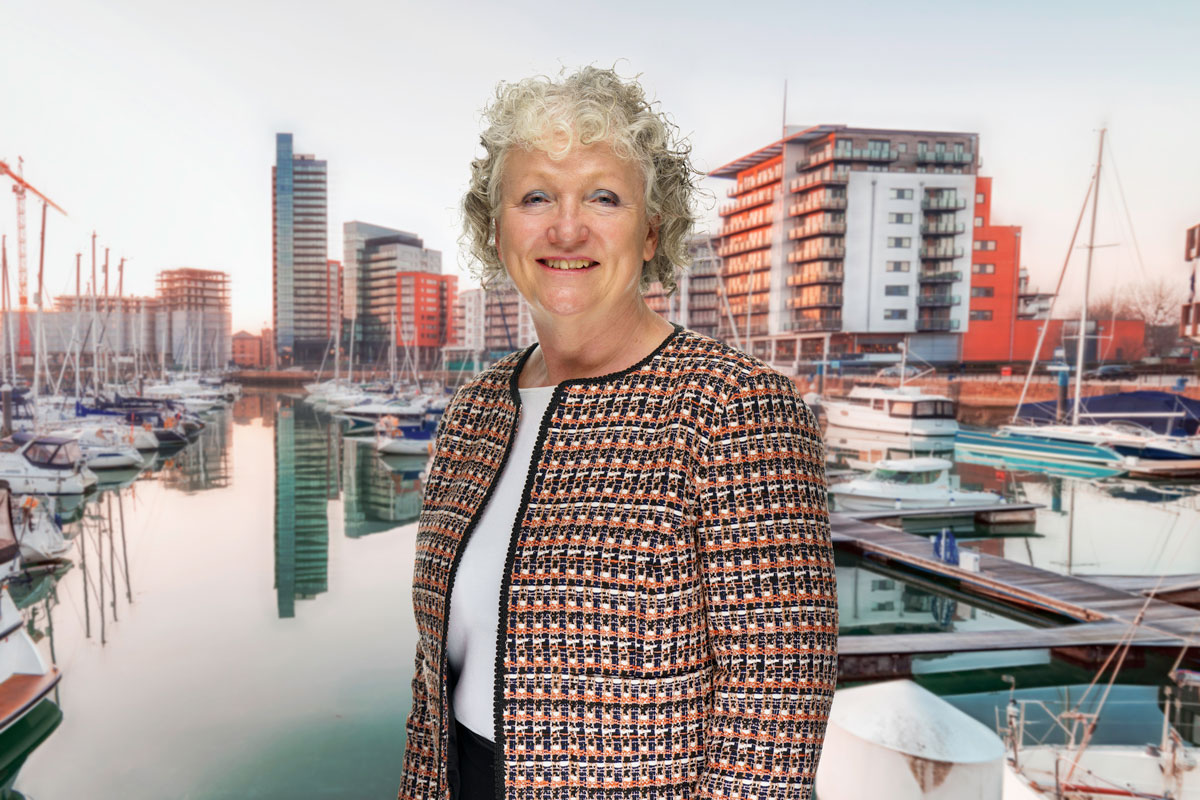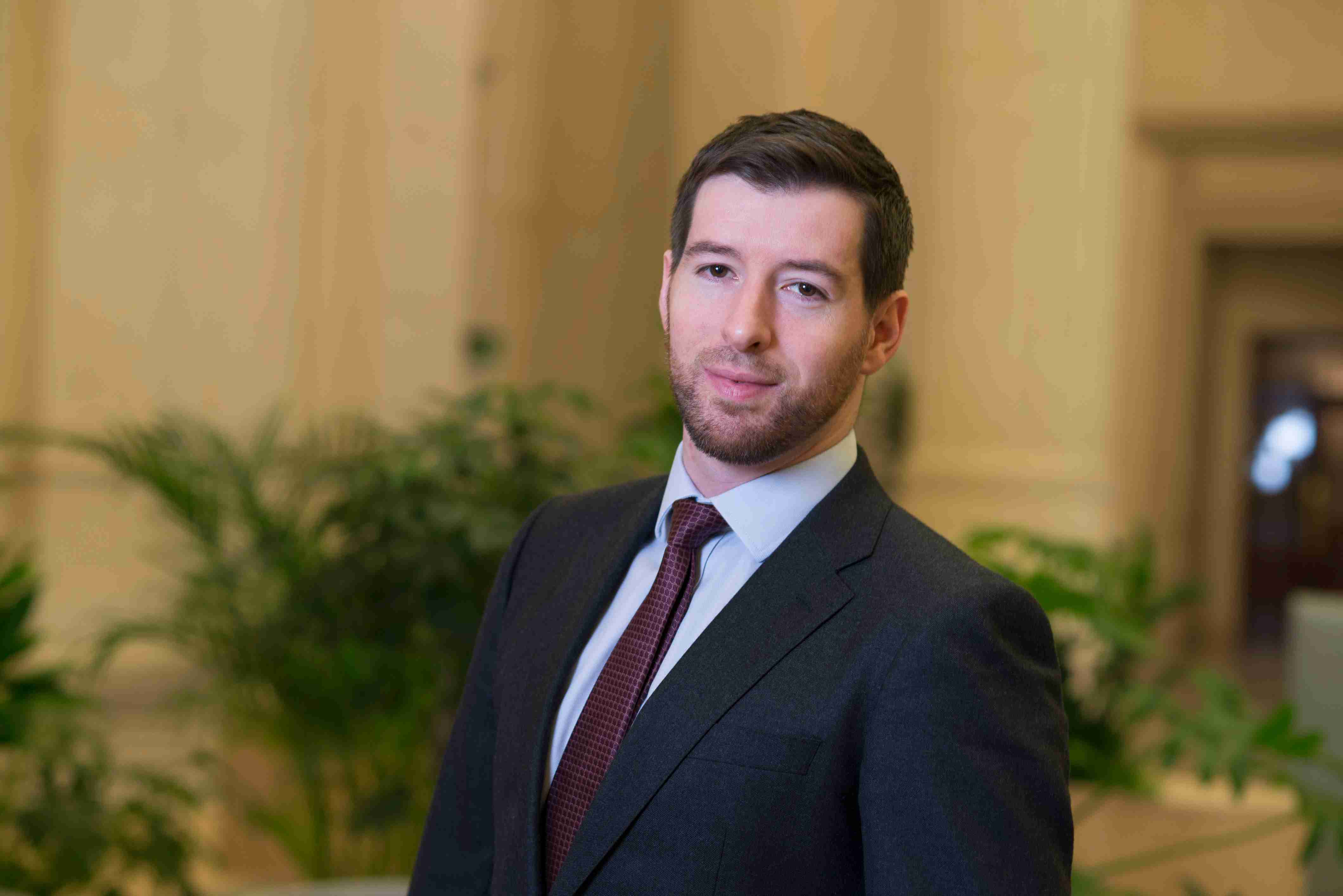- Home
- Wealth planning
Wealth planning
Our wealth planners can help you plan your future today
What exactly is wealth planning? Wealth planning involves advising you on how to structure your wealth in order to help protect it, grow it, and ultimately pass it on to your family and loved ones.
Our wealth planners operate independently with no ties to any financial product or service, not even our own. This means your personal Wealth Planner can work with you in a clear, transparent partnership, giving you objective, comprehensive financial advice wherever you are in life.
How our wealth planning service works
- Your personal Wealth Planner will look at your current circumstances including any business interests and your future financial needs.
- Your personal Wealth Planner will draw on their expertise and experience to devise a wealth planning strategy for you, with the aim of preserving, growing and passing on your wealth as tax efficiently as possible.
- Your personal Wealth Planner will regularly review your financial plan alongside your savings and investments to ensure they are working hard and harmoniously together, to achieve your objectives both now and in the future.
David Goodfellow, Head of UK Financial Planning and Min Saha, Investment Director explain how independent wealth planning can help you to achieve your long-term financial goals.
Speak to a personal Wealth Planner
To discuss your financial planning needs, book a complimentary, no-obligation consultation.
Why choose our independent financial planning service?
- Independent financial advice on how to structure your wealth to help meet your goals
- Our wealth planners are not tied to any provider or products, not even our own
- Fair and transparent fees agreed upfront with you
- Financial planning experts with many years’ experience
- Specialist advice including IHT, retirement and long-term care
- Access to industry-leading tools, research and analysis
Independent wealth planning dedicated to you
No matter how complex your finances or personal situation, we have the expertise and market-leading tools at our disposal to provide you with sophisticated and forward-thinking advice, tailored precisely to your needs. For example:
In-depth review of your finances
A full review of your finances, leading to a personal wealth management plan.
Plan your retirement
Bespoke planning, pension advice and cash flow modelling to help you achieve the retirement you want.
Passing on family wealth
Expert advice on how to mitigate IHT and effectively transfer your wealth to the next generation.
Wealth planning for business owners
Specialist advice on protecting your business, retirement, employee benefits and selling or floating your business.
Learn about wealth management
If you’re new to wealth management, read on to get you up to speed on how it can help you achieve your goals.
Speak to a personal Wealth Planner
To discuss your financial planning needs, book a complimentary, no-obligation consultation.
Investment involves risk. The value of investments and the income from them can go down as well as up and you may not get back the amount originally invested. Past performance is not a reliable indicator of future performance.
The tax treatment of all investments depends upon individual circumstances and the levels and basis of taxation may change in the future. Investors should discuss their financial arrangements with their own tax adviser before investing.
Thinking about changing your wealth manager?
Book a free service review to share your concerns and learn how much more we can-do for you and your long-term prosperity.
New to wealth management?
If you’re new to wealth management, read on to get you up to speed on how it can help you achieve your goals.
Keeping you informed
We want you to achieve meaningful outcomes from your wealth – this is central to our wealth planning philosophy and leads us to the question: what is your money for?
Read moreHow can cash flow modelling help you to make long-term financial choices with confidence? No matter what your circumstances, you will have essential costs, both certain and unexpected, to meet now and in years to come. Cash flow planning takes account of unknowns such as inflation rates, and makes assumptions, to help you look into the future.
Read moreSome of our wealth planning experts
If you would like to know how our independent wealth planners can help, please get in touch. We would be delighted to provide more details of our services.

Download our financial planning brochure
- Find out why financial planning is so important
- How it can help you to plan your future
- Read more about our specialist services.
Book a free consultation with a Wealth Planner
What happens next?
1. Arranging an initial consultation
First you can expect to receive an email from our team within 48 hours to find a suitable time that works for you, to arrange a voice or video call for an initial consultation.
2. Your consultation
During this consultation, a member of the team will discuss your situation with you to understand your requirements and answer any questions you might have about Canaccord Genuity Wealth Management and the services that we provide.
3. Referral to a Wealth Planner or Investment Manager
If you decide to progress with us, you will be referred to one of our Wealth Planners or Investment Managers to discuss your situation and requirements in more detail. They will then design a bespoke proposal detailing a unique investment portfolio that matches your individual requirements and attitude to risk, to meet you and your family’s needs.
4. Working with you long-term
With our wealth planning and investment management professionals, your wealth is in expert hands. Our mission is simple - to help you build your wealth with confidence. We will always keep you informed about your investment portfolio and performance and will continue to work with you to build our relationship on your terms. We can meet with you face-to-face, by phone or by email, whichever is more convenient for you. You can also access your account online at any time through our app. Our wealth management professionals are always readily available to speak with you.
How can we help?
If you would like to know how we can help with your investment management, wealth or financial planning needs, get in touch. We will be delighted to provide more details of our services.
Investment involves risk and you may not get back what you invest. It’s not suitable for everyone.
Investment involves risk and is not suitable for everyone.


